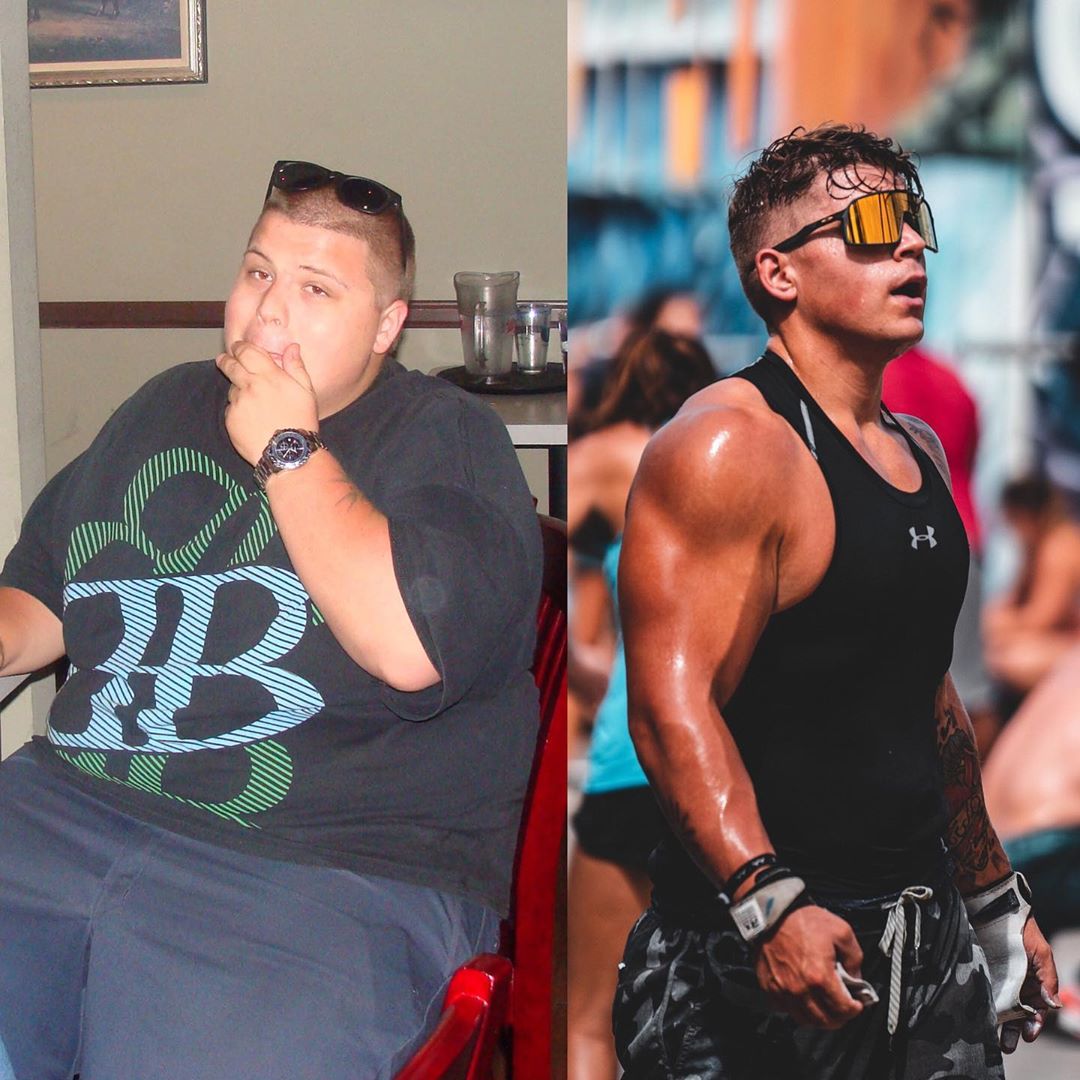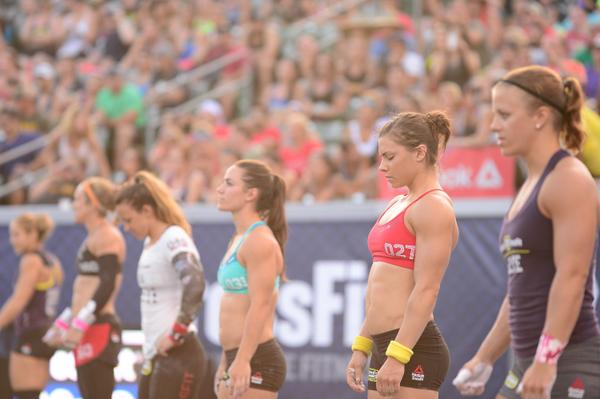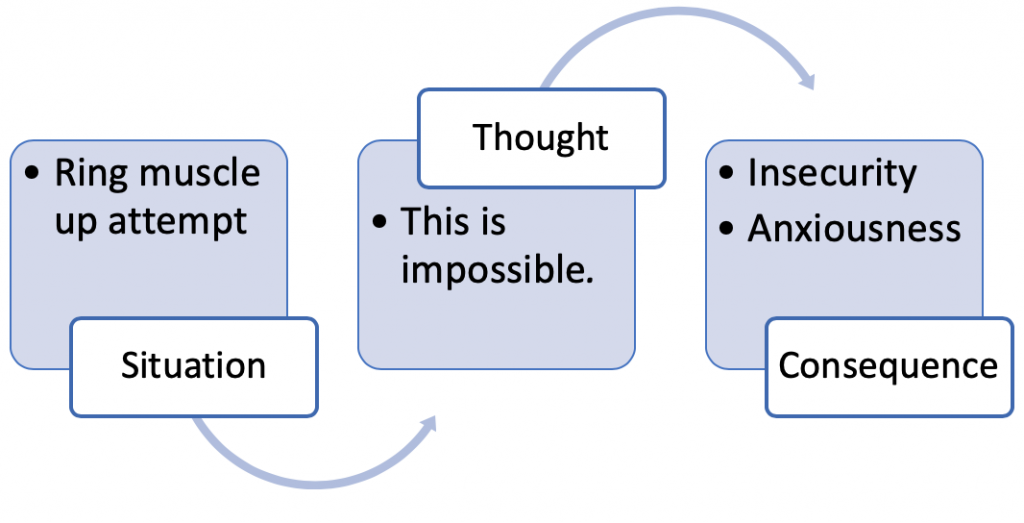Fighting obesity in 10 steps
According to the WHO (2016) over 1.9 billion adults aged 18 or older suffer from obesity. These numbers reflect an even harsher reality once we consider that over half of these individuals have difficulties adhering to their treatments (WHO, 2010).
The ability to introduce behavioral changes as part of a medical treatment is called “therapeutic adherence”. In the case of obesity, this usually involves diet, exercise and medication along with modification of thoughts, actions and attitudes related to food intake (Casas, Salvador & Viñals, 2008; Marcos, Rodríguez, Pérez & Caballero, 2009; & García-Cedillo et. al, 2017).
Why write this article?
CrossFit has joined the battle against chronic disease and done a great deal of work in this sense. As a training methodology, it’s demonstrated its utility helping individuals transit to a healthier lifestyle; but it doesn’t stop there. CrossFit has also dedicated many efforts to providing the community with relevant health-related information.
However great these efforts are, they continue to neglect the psychological aspect which has proven to be the key to developing and maintaining many health issues (including obesity). That’s why I’ve developed this scientific-based decalogue. Its purpose is to give individuals general guidelines regarding the personal resources needed to win the battle against obesity.
Decalogue for commitment
1 I’ll surround myself with others in my situation
Having a support system where there’s a common goal has many benefits (García-Cedillo et. al, 2017): you can identify with your partners and share experiences; you can learn and provide useful information (grocery shopping, go-to progression drills for certain movements, etc.); it builds an empathetic space where one feels safe to express their emotions, the obstacles they sometime face, etc.; and, lastly, seeing others progress will increase your motivation to do the same.
2 I’ll remember this is a long process
And when I say long, I really mean it. It won’t happen overnight and it’ll take more than just a couple of months. Unlearning behavioral and thought patterns is constant work and this usually means that the path is ridden with obstacles and mishaps. Therefore, our personal resources must be ready to step in when the road gets tough. But as they say: “when the going gets tough, the tough get going”.
3 I’ll control my environment
Stimular control is a behavioral technique that works wonders in the context of lifestyle modification (Villarreal et. al, 2012) and it’s based on a very “human” instinct which is “out of sight, out of mind”. Avoiding the tub of ice cream that’s sitting in the freezer waiting for us can be really hard… wouldn’t it be easier if it just weren’t there?
But keeping them out of sight won’t work forever. It’s more like an initial safety net because another common theme in obesity programs is exposure to banned foods (Guisado & Vaz, 2001). Sooner or later we’ll be forced to coexist with our guilty foods and we’ll have to be able to say no to them without losing our cool.
4 I’ll make conscious decisions
Seemingly irrelevant decisions aren’t directly related to any unhealthy behaviors but they end up exposing us to the high-risk situations (Keegan, 2012). For example: unconsciously derailing from my original commute to pass by the coffee shop where they bake my favorite croissants for binging sessions. Coincidence? Not so much.
This isn’t something that happens consciously so the work has to be put in beforehand. We must dedicate the necessary amount of time to identify each and every one of these high-risk situations so we can learn how to avoid them.
5 I’ll learn more about myself
I wanted to avoid using the good ‘ol “love yourself”, so I’ll change it for more operative terms such as self-esteem, self-understanding and perception of self-efficacy. There are several ways through which we can boost our perceived self-efficacy and self-esteem:
- Setting myself up for success – for self-reinforcement purposes
- Identifying personal strengths
- Working on my weaknesses
6 I’ll manage my emotions

Two of the most common precipitating factors for relapses are stressful situations and negative affect – anger, fear and sadness –. Moving, work-related stress, economic struggles, breakups, etc. can trigger feelings of sadness, guilt or helplessness which are no bueno (as we know).
Avoiding stress is not an option so all we have left is working on our emotional management strategies: activation of adequate coping strategies (seeking information, social support, etc.), emotional expression, and/or reappraisal of the situation (is it under my control or not?). Each strategy serves its own purpose and will be useful in certain situations.
7 I won’t judge myself
Fighting obesity necessarily means there will be days when you avoid the box or abandon your diet but don’t go ahead and use it as an excuse to give up on yourself. If there’s one thing I do believe in is that failure can be used as a learning experience; and this I like to call the “functional relapse”.
The road to self-understanding is built on trial and error. Identify and analyze the processes that lead you to give up on your CrossFit class that day so you can learn how to avoid them in the future. ¡Don’t punish yourself! Go for a functional relapse instead.
8 I’ll keep track of my progress
Luckily, self-tracking is very celebrated in the CrossFit community because only “if you can’t measure it, you can’t improve it”. Jot down your first RMs, your max set of pull-ups and your weight history so you can compare a few months down the road.
Watching your new-self beat the crap out of previous versions of yourself will generate those successful situations I was talking about to improve perceived self-efficacy. And if you want to share your success with your support system or on social media, go ahead! Social reinforcement is very powerful and will also boost your self-esteem.
9 I’ll doubt everything
If you’re new to this blog I’ll have you know I’m a big fan of cognitive restructuring, which is quite relevant in this field as well. I must learn to identify negative automatic thoughts and determine their level of certainty. I must also look out for irrational beliefs in relation to myself, my environment or my unhealthy behaviors to adjust them to reality (Lafuente, 2012).
10 I’ll know my WHY
This one’s the ultimate gamechanger when fighting obesity and, although I put it last, I’d start here because it’ll keep you on track when you least feel like it. Reciting all those evil consequences you’ve heard from parents, friends or doctors won’t do unless you’re actually concerned about it. Look deep down and find the real reason you’re willing to sacrifice.
Keep it close everyday because when you feel like giving up you’ll need to activate it. Make sure it’s strong enough to fight off any excuse or obstacle but, most of all, take care of it! Don’t let anybody tell you if it’s valid or not, all you need is for it to work and that’s something only you get to decide.
Casas, P.,Salvador, J., & Viñals, M. (2008). Tratamiento del sobrepeso y obesidad en la empresa mediante terapia psicológica grupal y control médico y dietético. Archivos de Prevención de riesgos laborales, 11(4), 188-195. - García-Cedillo, I., Guillén, Y. C., Ramírez, A. M., & Sánchez-Armáss, O.(2017). Promoción de la adherencia terapéutica de mujeres con obesidad mediante psicoeducación. Psychologia. Avances de la disciplina,11(1), 13-23. - Guisado, J. A., & Vaz, F. J. (2001). Aspectos clínicos del trastorno por atracón" binge eating disorder". Revista de la asociación española de Neuropsiquiatría, (77), 27-32. - Keegan, E. (2012). Perspectiva cognitivo-conductual del abuso de sustancias. Intersecciones Psicológicas, 3, 5-8. - Lafuente, M. D. (2012). Tratamiento cognitivo conductual de la obesidad. Trastornos de la conducta alimentaria, (14), 1490-1504. - Marcos, L. Rodríguez, L. Pérez, M., & Caballero, M. (2009). Tratamiento de mujeres con sobrepeso y obesidad. Trastornos de la Conducta Alimentaria, 7, 720-732 - Mata, D. Y. C., Sagarduy, J. L. Y., Zárraga, J. L. M. Y., & López, J. A. P. (2015). Adherencia al tratamiento en pacientes hipertensos con sobrepeso u obesidad (Adherence to Treatment in Hipertensive Patients with Overweight or Obesity). International journal of psychology and psychological therapy, 15(1), 377-386. - Polivy, J., & Herman, C. P. (1993). Etiology of binge eating: Psychological mechanisms. - Villarreal, T., Garza, T., Gutiérrez, R., Méndez, R., & Ramírez, J. M.(2012). Intervención psicoeducativa en el tratamiento de la obesidad en un centro de salud de Nuevo León, México. Atención Familiar,19(4), 90-93.







